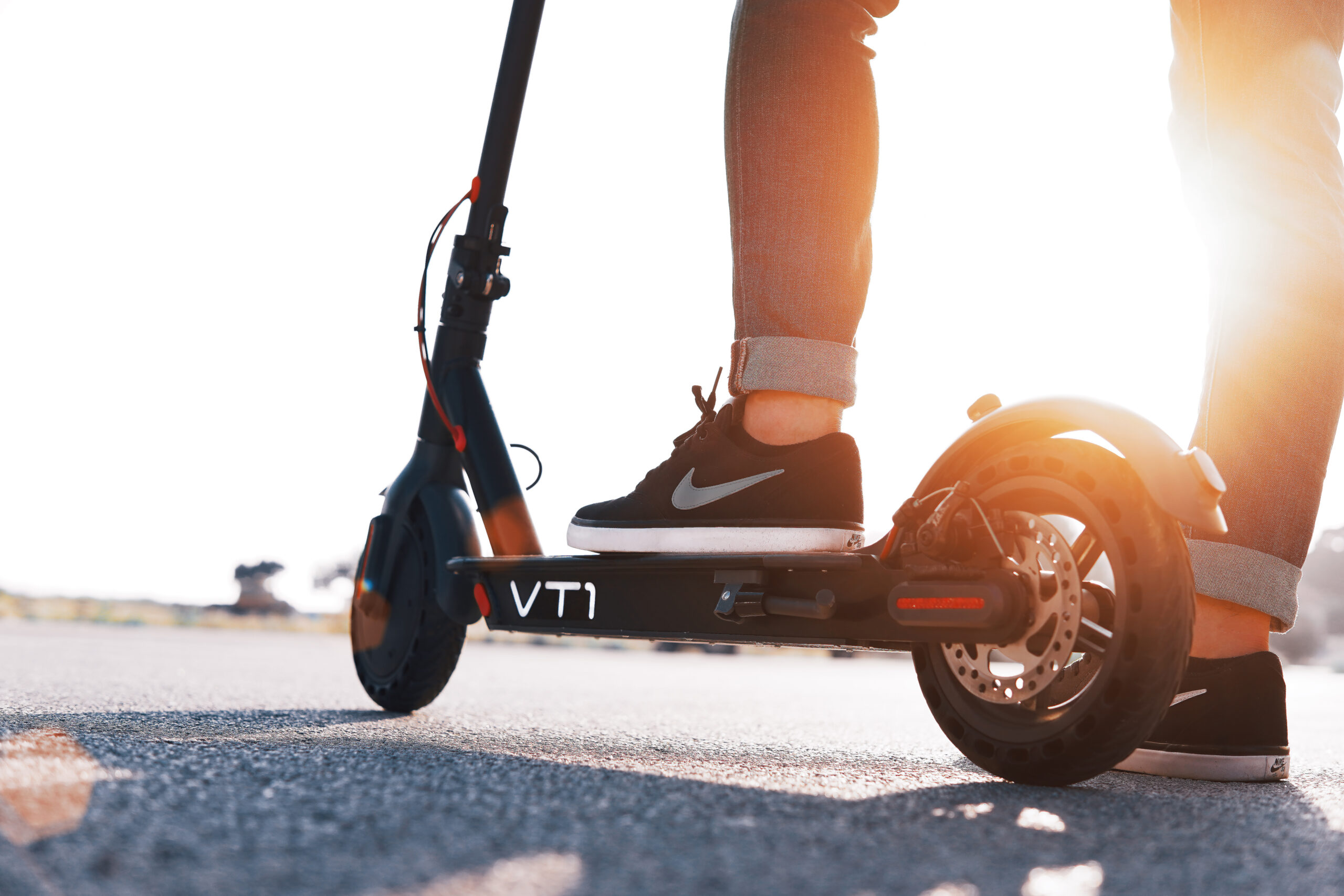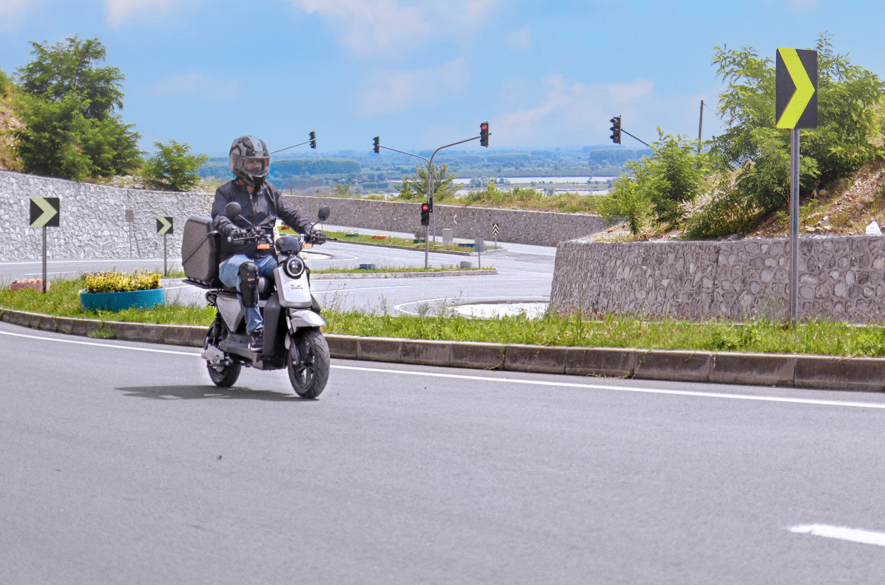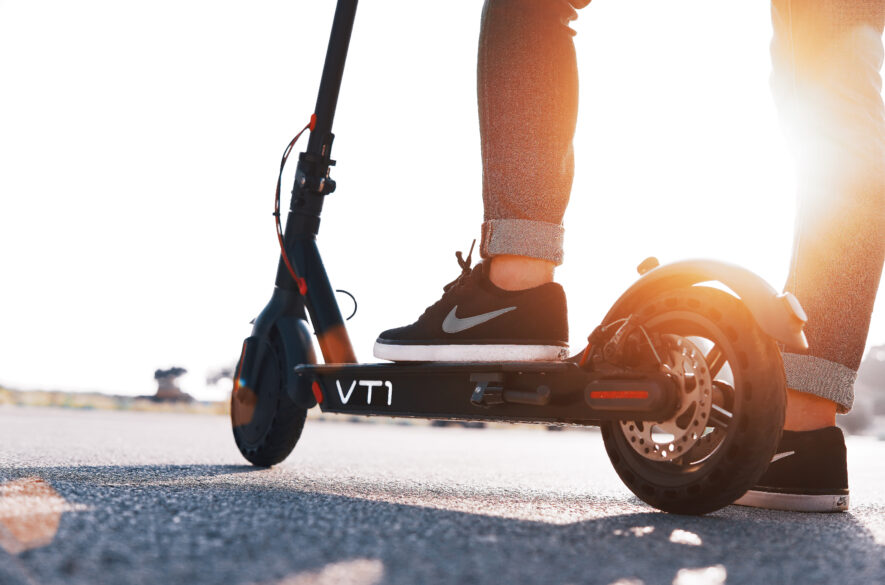
In an era where concerns about public transport overcrowding and the quest for sustainable alternatives to cars are on the rise, many individuals are turning to two-wheeled transport solutions. The advent of electric scooters has made commuting from point A to B more convenient than ever before.
Despite some negative media portrayals of electric scooters, they are a vital part of the micro-mobility movement, which aims to reduce our carbon footprint, enhance public transport accessibility, and save money for individuals. In fact, the public’s preference is evident in the numbers, with UK cycling retailer reporting a remarkable 184% growth in e-mobility product sales in 2020. It’s only a matter of time before infrastructure and government regulations catch up with this new normal, where fewer cars and more micro-mobility vehicles populate our cities and beyond. So, let’s explore how electric scooters measure up against various modes of transportation.
Let’s kick things off by delving into why electric scooters are such a fantastic mode of transport.
So, here’s why our two-wheeled companions are a great choice:
- Environmentally Friendly
- Cost-Effective
- Energy Efficient
- Fun!
Are Electric Scooters Superior To Cars?
While electric scooters are not only cheaper upfront but also in the long run, and they’re less harmful to the environment, it’s crucial to ponder whether they align with your specific transportation needs. If you reside in a rural area, far from essential facilities, or your daily commute involves highways, a car or public transport may be your only practical option. However, if you’re a city dweller, your daily trips cover distances of fewer than 5 km, or you usually drive alone, then an electric scooter could be a splendid alternative.
Moreover, if you typically use your car for a short drive to a train station and then switch to a train for work, substituting your car with an electric scooter might be a smart move. Compact models are available, such as Inokim scooters with foldable handlebars, making them easy to carry. Don’t forget to consider your local weather conditions, though, as not all electric scooters are suitable for harsh weather conditions.
Are Electric Scooters Superior To Public Transport?
Public transport is often lauded for its affordability and convenience. However, we’ve all encountered the downsides—being squeezed during rush hour or waiting at crowded stops as packed buses and trains pass by. If you reside in an area where public transport is unreliable, infrequent, or perpetually overcrowded, an electric scooter can offer greater flexibility and freedom.
But, there’s a catch. If your daily commute exceeds your electric scooter’s range, you’ll find yourself in a tight spot. Nonetheless, e-scooters and public transport can coexist harmoniously. You might use your electric scooter for the “last mile” of your journey, bridging the gap between the train station and your home or workplace.
Are Electric Scooters Better Than Bicycles?
Bicycles are excellent for getting from point A to B and offer an excellent workout. However, if you’re not keen on arriving sweaty at your destination or you’re worried about leaving your bike unattended, an electric scooter might be the better choice. Since you can bring a scooter indoors instead of chaining it up outside, you eliminate the risk of theft or damage. Scooters are typically more portable and lighter than bicycles, although, if you can’t charge your e-scooter or it exceeds its maximum range, you might end up lugging it home. Fortunately, most e-scooters can fit in the trunk of a car, just in case you need to hail a taxi!
The riding position on an e-scooter versus a bicycle offers some advantages, especially if you’d rather avoid a sore saddle. If you’re headed to the office to spend the day sitting down, an e-scooter can add a fun twist to your commute. While you won’t get the same intense workout as on a bicycle, e-scooters can engage your glutes and improve your balance.
For some, bicycles might hold the upper hand in terms of distance, but not everyone can comfortably use a bike. E-scooters provide a viable option for those who can’t use a bicycle due to mobility issues. With a standing riding position and a low footplate, many individuals feel more at ease using an e-scooter.
Both bicycles and e-scooters represent sustainable modes of transport, particularly in urban settings, where they often outshine cars and public transport. Assuming your local laws permit e-scooter use, your choice between the two comes down to personal preference and, to some extent, the distance of your regular journeys.
In summary, both e-scooters and bicycles offer compelling alternatives to cars and public transport, depending on your specific needs and circumstances. More often than not, they not only benefit your wallet in the long run but also contribute positively to the environment. As for the bicycle versus e-scooter debate, we’ll leave that decision up to you.









